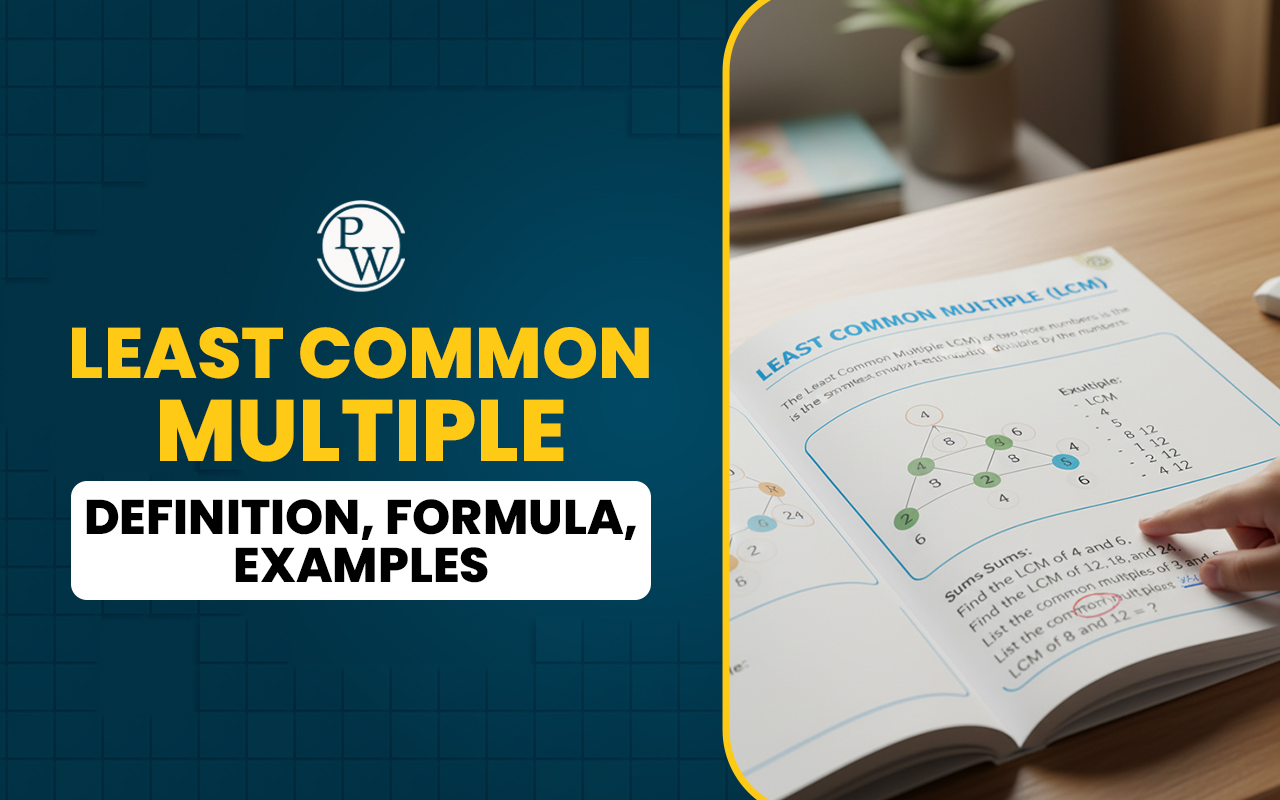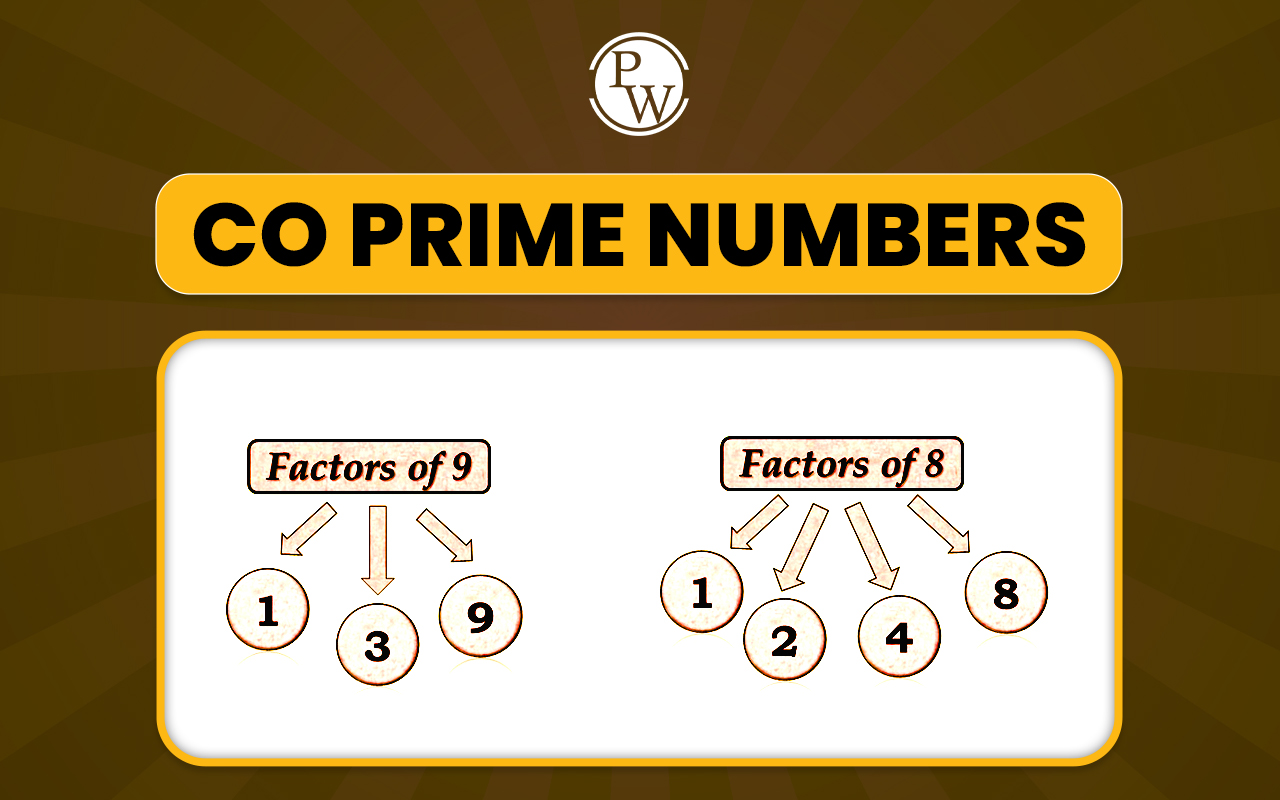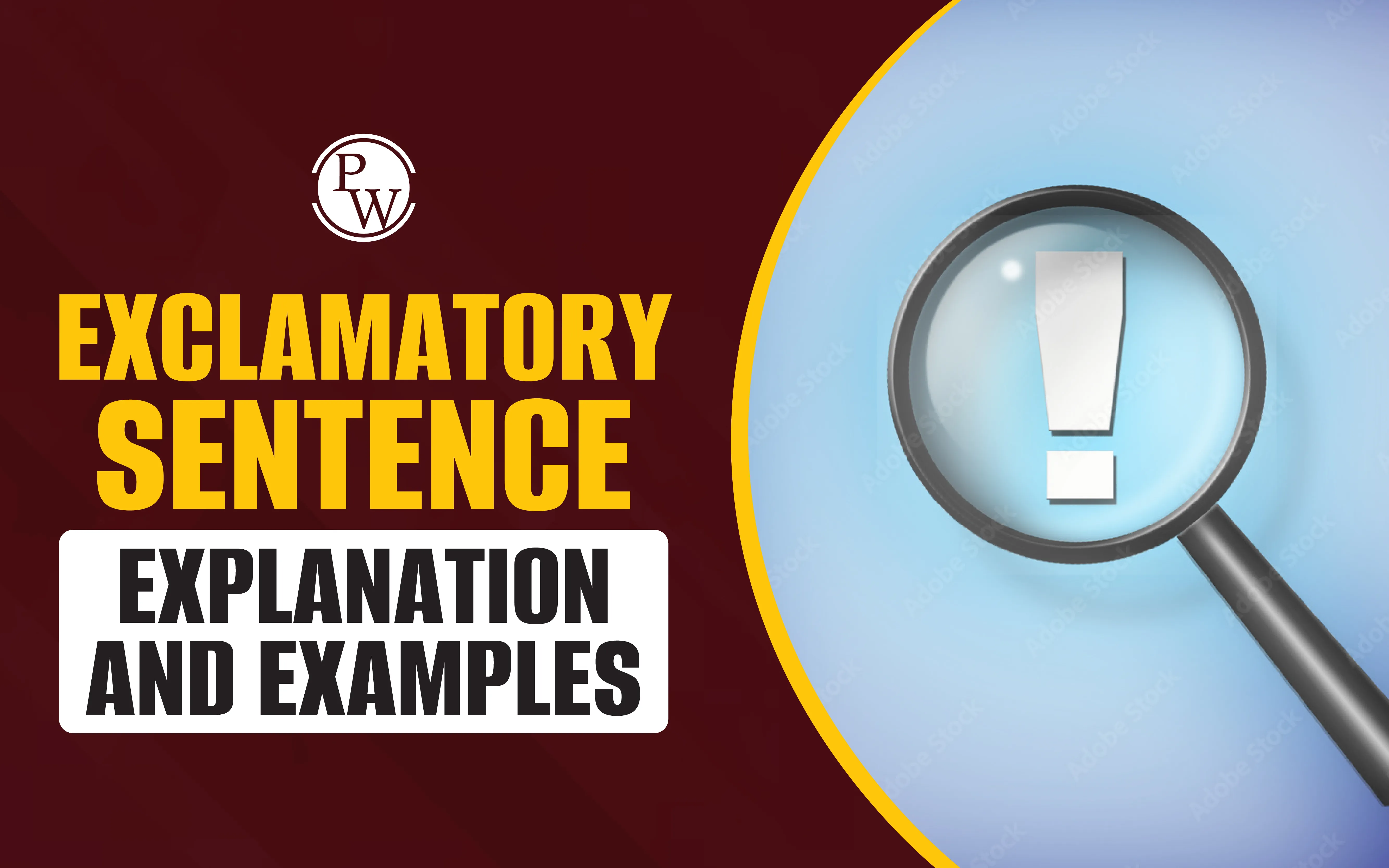
Metaphor- Language gives us a powerful means to express our thoughts, ideas, and experiences. One of the most creative ways to communicate our emotions and opinions in English is through metaphor, which stands out as a classic form of expression.
You use a metaphor when you say, "he is a couch potato" to describe someone lazy.This blog gives a detailed idea of metaphor to help you understand the appropriate application of this literary tool.
Read More - Active and Passive Voice: Rules, Importance, and Facts
What is a Metaphor?
A metaphor is a statement used in English to describe one thing by comparing it with an unlike thing by using the is to another. It does not use "like" or "as" to indicate a similarity. Instead, it indirectly makes an implicit or hidden comparison between two unrelated things that share common characteristics.
Metaphor Meaning
The meaning of a metaphor is to compare two very different things to show a similarity between them. It does not use the words "like" or "as," which are used in similes. A metaphor helps people understand an idea better by linking it with something more familiar. Simply put, it gives a new perspective to normal words or situations.
Definition of Metaphor
A metaphor is a figure of speech in which a word or phrase is applied to an object or action to suggest a resemblance.
For example, when we say "Time is money," we don't literally mean that time is the same as money, but we try to say that the value of time is equivalent to money, so don't waste time.
Metaphor Sentences
Metaphors are commonly used in everyday sentences to express thoughts creatively. For example, "Life is a journey" means life has ups and downs like a road trip. "The world is a stage" means people play different roles in life. These simple sentences show how metaphors give ordinary language more depth and meaning.
Metaphor Definition and Examples
A metaphor is a figure of speech where one thing is described as if it were another. For instance, when we say "He has a heart of stone," we don’t mean his heart is literally stone, but that he is emotionally hard or unfeeling. Another example is "The classroom was a zoo," suggesting that the students were very noisy. These examples make ideas stronger and more vivid.
Metaphor Examples
The best way to understand the metaphor's meaning is through examples. Here are some everyday metaphor examples:
"Life is a rollercoaster."
It means life is full of ups and downs, like a rollercoaster ride.
"His words were music to her ears."
It implies that his words were very soothing and pleasant, like music.
"The world's a stage."
It is a famous metaphor used by Shakespeare to show that life is like a stage performance where people play their roles.
"John is the Messi in our football team."
It means that John is our football team's most outstanding and skilled player.
"She is an open book."
It implies that she is transparent and doesn't hide anything.
"He is building castles in the air."
The idea is to describe something very unrealistic or completely imaginary.
Read More- Plural Nouns: Definition, Examples, Types and Rules
Why Do We Use Metaphors?
Now that we understand the metaphor meaning, let's explore why metaphors are used in writing and everyday speech:
Creating an Imagery
Metaphors intend to create a picture in the reader's or listener's mind to emphasize certain characteristics. For example, the sentence "He has a heart of stone", conveys the idea vividly rather than simply saying "He is unkind."
Making Complex Ideas Simple
Abstract concepts like love, pleasure, time, and life can be explained using metaphors to make them easier to understand. For instance, "Smile is infectious" simplifies the idea that one's smile can also change the mood and let others smile.
Expressing Emotion
Metaphors can effectively communicate strong emotional responses. A statement like "She broke my heart" immediately communicates emotional distress and painful experiences, even though hearts don't break literally.
Adding Artistic Touch
Writers, poets, and speakers often use metaphors to enhance the quality of their writing and speech and add creative flavours to the language.
Read More- Adverbs: Definition, Types, Usage and Examples
Types of Metaphors
Metaphors come in different forms. Here are a few common types:
Implied Metaphor: This metaphor doesn't directly compare two things but subtly and impliedly expresses the idea.
For example, "He was born with a silver spoon in his mouth."
This statement implies that he was born privileged in a rich family.
Extended Metaphor: Poetry and literature often use a metaphor that extends over several lines or sentences.
For example, in Shakespeare's 'Romeo and Juliet', Romeo compares Juliet to the sun multiple times as follows:
It is the East, and Juliet is the sun!
Arise, fair sun, and kill the envious moon,
Who is already sick and pale with grief.
Mixed Metaphor: A mixed metaphor combines two different metaphors to emphasize ideas.
For example, "Words are swords that can cut through people's hearts" means words can deeply impact people's minds.
Dead Metaphor: Some metaphors have been used for a long time and quite frequently, and they have almost lost their original impact.
For example, when we say, 'He is an expert in this field', we conventionally refer to 'field' as 'area of study or profession'. However, it is a metaphor referring to the physical field.
Read More- Antonyms - Definition, Types, and Examples
Metaphor vs. Simile: What's the Difference?
Many confuse metaphors with similes because both are figures of speech used for comparisons. But they differ in the way they are written.
A simile is a more direct way of comparing using "like" or "as". For example: "As rigid as a wall" or "As fast as a cheetah" etc.
Metaphor typically uses "is" instead of 'like' or 'as' to make an indirect comparison.
Example: "He is my shield"
Famous Metaphors in Literature
Writers and poets have long used metaphors to enhance their work. Here are a few famous examples:
"Hope is the thing with feathers." – Emily Dickinson
Hope is compared to a bird we keep close to our hearts.
"Thou art more lovely and more temperate" - William Shakespeare
The poet compares the lady's love to a bright summer day.
"You are the sunshine of my life." – Stevie Wonder
The sentence expresses how someone brings warmth and joy, like the sunshine.
Read More- Pronouns - Definition, Types and Examples
How to Use Metaphors in Writing?
If you are a student looking to enhance your language skills in writing or other modes of communication, learning how to use metaphors can help you add value to your expression. Here are some tips for the use of metaphors effectively:
-
Think of the qualities you want to describe through comparison.
-
Find something similar, such as lightning for speed, ice for coldness, etc.
-
Compare one object, person, or action with the other having the same characteristics.
-
Use metaphors sparingly because overuse of metaphors may dilute the impact and confuse readers.
Read More- Article Writing Format: How to Write Step by Step, Tips and Examples
Let Your Child Master English Speaking with CuriousJr
Is your child struggling with English grammar and language skills? This can often lead to low confidence and weaker exam results. The issue may stem from limited interaction, poor engagement, and an unstructured learning approach.
CuriousJr English Learning Course helps students in Grades 1 to 8 build strong communication skills through a simple, interactive, and supportive learning environment.
What makes this course exceptional?
-
Structured Curriculum: Aligned with the Cambridge English Scale and CEFR, the courses focus on improving children’s speaking, writing, reading, and listening abilities.
-
Engaging Live Classes: Interactive learning sessions with visuals and animations make learning enjoyable and enhance student motivation.
-
Two-Teacher Model: A subject expert teaches the lessons while a personal mentor offers individual guidance and support.
-
Focus on Core Skills: Emphasis is given to speaking, writing, and reading fluency and accuracy, which improve overall confidence.
-
Small Group Learning: Classes are designed with a small group (4-5 learners per class) to ensure every child receives individual attention.
-
Affordable: The course runs for 6 days and costs just ₹49.
With CuriousJr, your child can learn English in an enjoyable way. Book your seats tody.
Metaphor FAQs
Q1 Can metaphors be used in everyday language?
Q2 What makes metaphors special for expressing thoughts?
Q3 How do metaphors help when writing creative content in marketing or advertising?
What is the best way to use metaphors?










